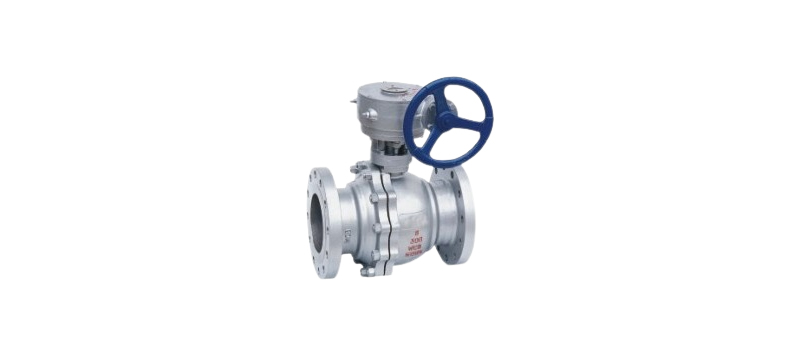+86 15858532562
Views: 47 Author: Site Editor Publish Time: 2024-04-07 Origin: Site








1. Preparation work
Before installing the sealed ball valve, we need to make the following preparations:
1. Be familiar with the structure and performance of sealed ball valves, and select the appropriate model and specifications according to the actual situation.
2. Check whether the packaging of the sealed ball valve is intact and confirm whether the supporting accessories are complete.
3. Clean the installation position and ensure that the installation support surface is flat and clean to avoid deformation and loosening of the valve during use.

2. Installation steps
1. Disassemble and take out the valve, apply a thin layer of sealing gasket lubricant to the flange connection between the valve and the pipeline, and then install the valve on the flange. Note: Be sure to ensure that there are no foreign objects or pits at the flange connection between the valve and the pipe to prevent leakage caused by lateral force.
2. Fix the valve and tighten the bolts connecting the valve and the pipeline one by one in the order of the bolts, and gradually tighten them in a cross sequence to avoid bending and deformation. At the same time, pay attention to the condition of bolts and washers to prevent over-tightening and over-loosening.
3. Install fire protection devices as required to prevent the spread of fire or the leakage of other harmful substances in the event of an accident.
4. After the wiring connection is completed, the electrical connection between the valve and the pipeline is completed, and the working status of the equipment is adjusted through the switch to detect whether the valve is switched and adjusted normally.
3. Precautions
1. When using a sealed ball valve, it must be installed and operated in strict accordance with the requirements of the instruction manual, and maintained and inspected regularly.
2. During the installation process, pay attention to environmental and workplace safety regulations, and take corresponding protective measures to avoid accidents.
3. When tightening the bolts, be sure to tighten them evenly and in a cross sequence to prevent valve deformation and leakage.
4. When using a sealed ball valve, the opening and penetration of the valve must be adjusted according to the specific situation to ensure the normal use of the valve.
5. When the valve is not used for a long time, it needs anti-corrosion treatment and maintenance, and regular lubricating oil is required to maintain the normal operation of the valve.